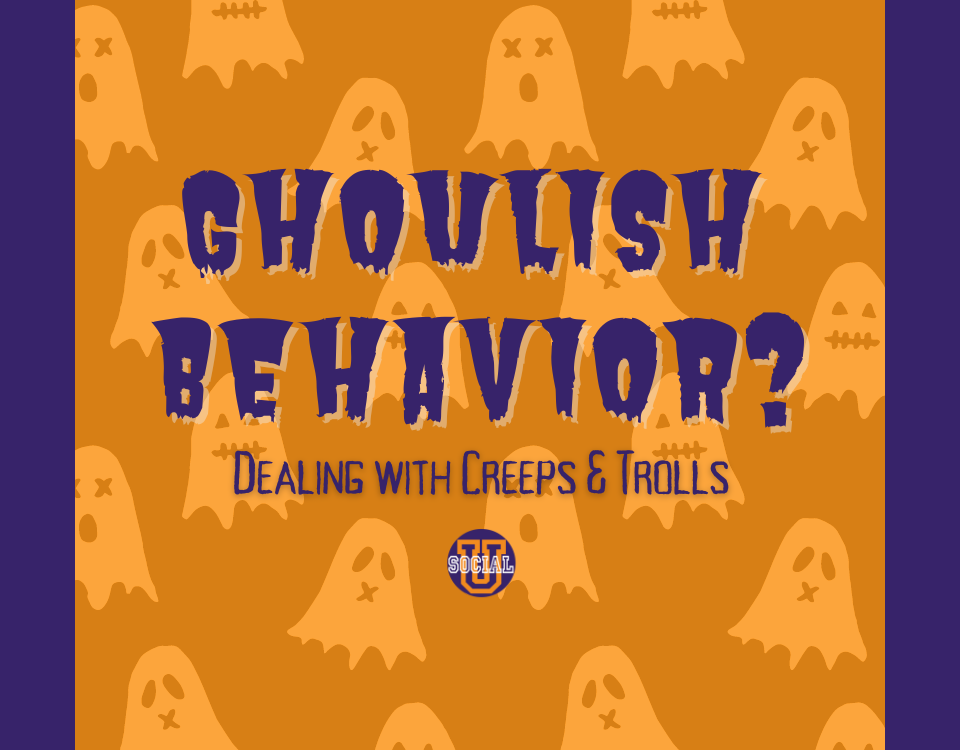
Are creeps and Trolls getting you down? Don’t be afraid! We are here to share suggestions on how to deal with ghoulish behavior! In the month of October, we have covered many spooky themes and this week is no exception. Grab your favorite Halloween candy and get ready to learn!
Negative Comments or Complaints
Apologize in a Public Space
Pay attention so that you can respond to hate comments quickly. When you let it sit with no response, people will make assumptions about you. Determine if the negative comment is valid. If you made a mistake, apologize publicly. This will show people that you care enough to respond to negativity.
Move to a Private Space
After you publicly apologize for your company’s wrongdoing, attempt to move your conversation to a private space. Sometimes people want conversations to happen in the public eye, but if you are able to speak with them privately you should do so.
Thank the Commenter For Their Input
This can seem counterintuitive, but you need to know when there are problems within your company. A negative comment can help you understand that there is a problem. If you did not already know that there was a problem, you can now address it. Their comments can help you to avoid making the same mistake in the future.
Ask How You Can Fix The Issue

If someone has a reasonable problem with your company you need to know how you can fix it. Your customers are the only people who know how you can fix a problem. What people want is probably less than what you would expect. It is possible that they just want to be heard. They could ask for a discount or a free product.
Do Not Delete The Comment
If you decide to delete a negative comment, chances are you will make the situation worse. They could choose to post about your business on their own profile. If they do that you will have no control over the situation at hand.
False Comments
If the information in a person’s comment or post isn’t valid, you do not handle it in the same way. For example, someone could complain about a product or service that your business does not offer. This is a false comment. Respond to these comments with caution because you never know how someone will respond. It is possible that your best option is to not respond at all. If you do respond, try to avoid arguments or crazy fights.
Don’t Feed The Trolls

It is normally easy to tell if someone actually has a problem with your business, or if they are choosing to be a troll. If someone is making a rude post towards you rather than your products or services, you are allowed to delete it. Don’t engage with a troll; you can make the situation worse by engaging in an online battle.
Rude Comment
A rude comment includes anything with hate speech, violence, or inappropriate topics/language. These are okay to delete. Have a policy in place on how you want to deal with certain subjects. We do not tolerate bad language on our page, especially if someone is cursing at an employee. You can put profanity filters on most social media platforms.
Block Them.
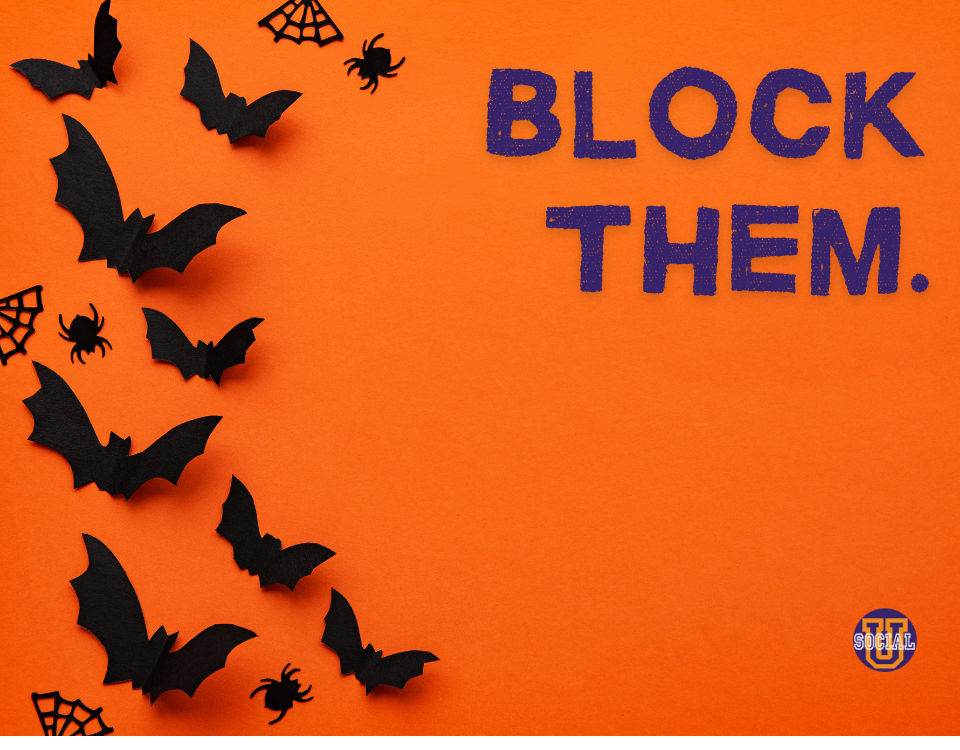
If someone is making multiple harsh comments that are invalid or hateful you can block them. There is no reason to let people continuously bully you online. Every platform allows you to block users. Some people do not have anything better to do with their time.
Can a Complaint be Positive?
We had a food retail customer who had a drive-through at their location. One Sunday night, the client got a complaint from one of their customers. The customer went through their drive-through and popped a tire. They were angry that our client did not keep their store location clean.
Because our client was generous, they offered free products to make up for the tire issues. Later on, our client found out from other comments that the person complaining had run over a curb and popped their own tire. It was not our client’s fault.
Over thirty people commented on the complaint post. People were happy to see a business treating their clients with respect. All of the people in the comments said they would be loyal customers because of the way this situation was handled. It worked out in the owner’s favor because it was handled so well!
Our First Troll Comment
We recently received our first troll comment on our YouTube channel. The person commenting had negative comments about Caryn’s physical appearance. This is the perfect example of a troll comment because he personally attacked one of us. We commented to thank him for his engagement with our content. We also included a troll emoji.
The Statistics Speak For Themselves

85% of consumers look for negative reviews in order to make an informed purchase decision.
91% of those ages 18-30 look for negative reviews before making a purchase.
People claim that too many positive reviews make you look fake.
People want to know what the worst-case scenario is when they are looking into spending money on a product or service. Negative reviews can help you if you spin them the right way.
It will be Okay!
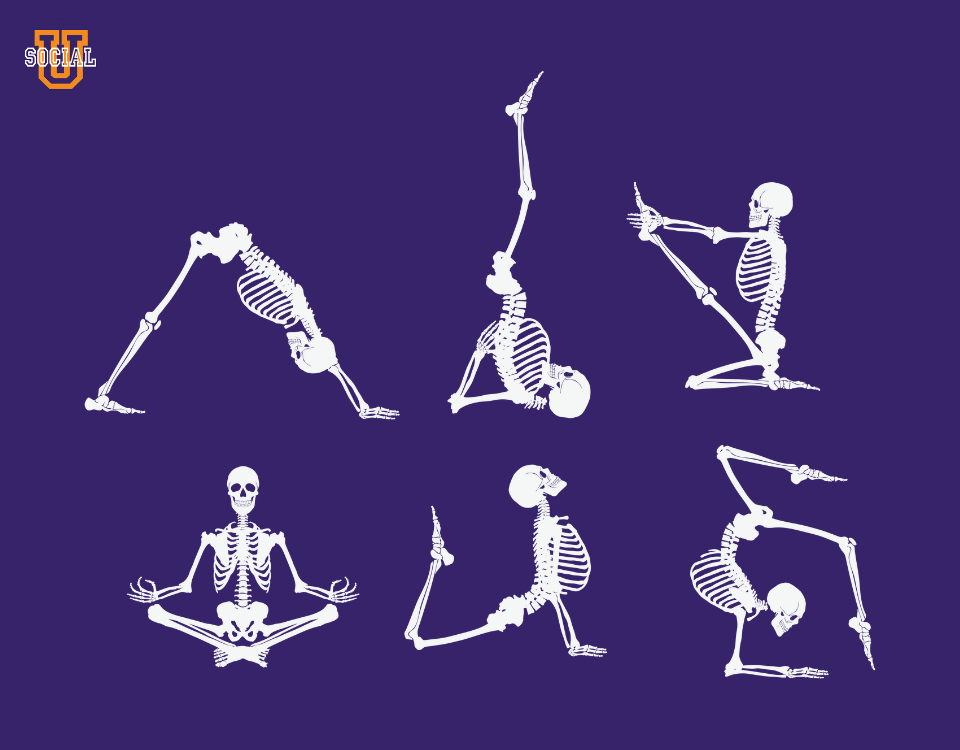
A negative comment can be a real downer. It is upsetting to see that someone doesn’t appreciate the hard work that goes into your business. With that being said, negativity is easy to deal with if you stay on top of your comments. A little negativity could possibly even help you out!
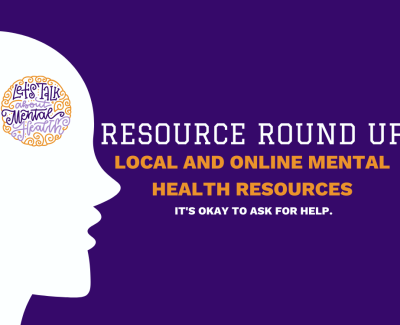
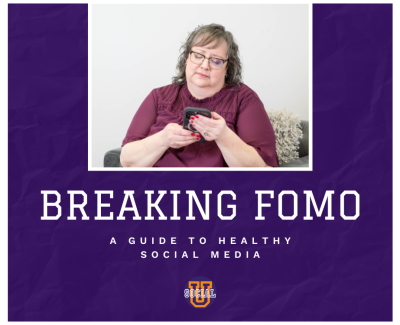
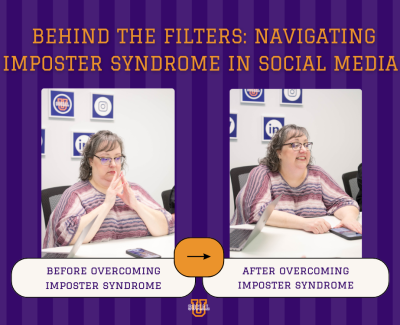
We sell foot products online. It is amazing how nasty people can be. About 2% on Amazon claim they have not received their products. They get nasty about it. They’ll even threaten us with bad reviews. On our own website we almost never get claims of non received. Just amazing to us.
Thanks
Teri
Wow. Hopefully this info helps!